Novo Nordisk: A Weight Loss Revolution or a Stock in Distress?
Fortune Magazine has described Novo Nordisk as spearheading a weight loss revolution, while others have hailed their leading product, OMIC, as a potential wonder drug reshaping healthcare. Some even question if it’s a miracle cure—especially as its use has expanded beyond diabetes management to obesity, potentially reducing the risk of heart attacks and strokes.
Yet, despite these breakthroughs, Novo Nordisk’s stock price has plummeted over 50% in the past year, leaving investors stunned. Many are wondering whether this drop signals a bargain-buy opportunity. Is Novo Nordisk now in deep value territory? Where does the company potentially go from here? And most importantly—why has the stock fallen so dramatically?
I’ll break down the factors driving this decline, examine the company’s fundamentals, and finally explore where Novo Nordisk’s valuation might head in the coming years.
The Sell-Off: A Perfect Storm of Concerns?
Novo Nordisk’s recent share price decline is best described as a “Lollapalooza effect”, a term coined by Charlie Munger referring to multiple factors simultaneously influencing a situation. In this case, various competitive and valuation-driven pressures have combined, causing investors to rethink their position.
Competition From Eli Lilly
One of the biggest concerns driving Novo Nordisk’s stock decline is competition from Eli Lilly, which recently announced promising Phase 3 results for its diabetes treatments. Patients taking Eli Lilly’s drug lost around 16 pounds (8% of body weight) over 40 weeks—a notable improvement over Novo Nordisk’s injected drug, OMIC, which showed weight loss of approximately 6% in diabetic patients.
Further complicating matters, Eli Lilly is also developing pill-based versions of their treatments, making the medication easier to administer than Novo Nordisk’s injectable options.
This raises a critical question: Could Novo Nordisk’s dominance in weight loss treatment be challenged by Eli Lilly in the coming years? And will even more competitors enter the space?
Disappointing Trial Results
Novo Nordisk’s obesity drug trials have also failed to meet investor expectations. One late-stage trial of Kagri Sema showed only a 14% weight loss over 68 weeks, falling short of the anticipated 15% threshold.
In contrast, Eli Lilly is aggressively marketing Zepbound and Mounjaro, with results that appear to outperform Novo Nordisk’s offerings. This competitive pressure has raised doubts about Novo Nordisk’s ability to maintain its lead in the obesity drug market.
Valuation Compression: Was the Stock Too Expensive?
Beyond competitive concerns, valuation compression has played a significant role in the sell-off. Novo Nordisk had been trading at 50 times earnings based on expectations of uninterrupted growth. However, with new competitors emerging and trial results disappointing, investors are adjusting their growth expectations—and consequently, reassessing the price they’re willing to pay for the stock.
This shift in sentiment is a major reason why Novo Nordisk’s stock has fallen 50%, as investors now feel less confident paying a premium for uncertain future growth.
Novo Nordisk’s Business Breakdown
Despite the stock’s decline, Novo Nordisk remains a dominant player in diabetes and obesity treatment. Looking at revenue breakdown:
- Diabetes & Obesity Care accounts for 94% of total revenue
- Rare Diseases contribute only 6% of revenue, making it a much smaller piece of the business.
Novo Nordisk’s position is still strong in key categories:
- 44% market share in insulin
- 64% market share in GLP-1 for diabetes
- 70% market share in GLP-1 for obesity
What’s particularly striking is that despite the 800 million adults living with obesity worldwide, only 2 million patients are currently using Novo Nordisk’s treatments—indicating massive untapped potential.
With obesity projected to reach 1.2 billion adults globally, the market remains enormous. Novo Nordisk could potentially grow from serving 2 million to 30 million or even 100 million patients in the future.
Investment Outlook: Is Novo Nordisk a Buy?
Despite the stock’s plunge, Novo Nordisk remains a cash-generating powerhouse. Management guidance from February suggests:
- Revenue growth of 16%–24%
- Profit growth of 19%–27%
- Free cash flow of 75–85 billion Danish kroner (~$12 billion USD)
Relative to its current market cap of $260 billion, this implies Novo Nordisk trades at 21 times free cash flow and 15 times forward earnings—a very reasonable valuation given its leadership position in the industry.
So, is Novo Nordisk in bargain territory? Perhaps. However, investors must weigh competitive pressures and trial results before making a decision.
Novo Nordisk: A Value Investment or a Risky Bet?
Novo Nordisk has transitioned from a high-growth market darling to a company trading at a reasonable multiple—around 20 times free cash flow. At this valuation, investors can break things down logically:
- A 5% yield through buybacks and dividends.
- Potential 5%–10% growth in the years ahead.
- The possibility of multiple reinflation if sentiment shifts.
Put together, these factors suggest a potential 10%–15% annual return—a compelling setup, especially for mega-cap investors looking for stability amid recession concerns.
But beyond valuation, what makes Novo Nordisk an exceptional business?
A Shareholder-Friendly Growth Story
One of the standout features of Novo Nordisk is its remarkably strong profit margins—consistently above 40% for decades. The company has demonstrated:
- Expanding operating profit year over year.
- Reliable dividend growth, steadily returning free cash flow to shareholders.
This up-and-to-the-right financial trend is exactly what investors want to see from an industry leader.
At $58 per share (NVO), Novo Nordisk is trading at 15 times forward earnings. If growth reaches just 5% annually and valuation compresses further to 12 times earnings, investors might only break even. But if Novo Nordisk capitalizes on the massive obesity market and sustains 15% growth, the stock could see 100%–200%+ upside over time.
Market Share Concerns: Can Novo Nordisk Maintain Dominance?
Despite the company’s strengths, declining market share in obesity care has raised red flags. Novo Nordisk once dominated the space, but competition—especially from Eli Lilly—is starting to erode its lead.
The key question: Will overall market growth offset market share losses? If Novo Nordisk retains pricing power and benefits from the expanding obesity market, total sales could continue to rise.
However, insurance and government payers are paying closer attention. Medicare’s involvement suggests potential pricing pressures, which could put profitability at risk.
Patent Cliffs: A Long-Term Challenge
Another uncertainty investors must consider is the looming patent expiration on Novo Nordisk’s biggest products:
- OMPIC and Wegovy’s U.S. and EU patents expire between 2030 and 2032.
- After expiration, profits from these drugs could drop by 70%–80% in a single year.
Peter Thiel’s book, Zero to One, argues that the majority of a company’s value comes from its durability—its ability to sustain high free cash flow over decades. Patent cliffs make this difficult, especially when a company’s revenue is heavily concentrated in a few blockbuster drugs.
For investors who prefer long-term stability, this could be a dealbreaker.
Here's the second half of the article, maintaining the transcript’s tone and structure while ensuring minimal duplication from the first part.
Novo Nordisk: A Value Investment or a Risky Bet?
Novo Nordisk has transitioned from a high-growth market darling to a company trading at a reasonable multiple—around 20 times free cash flow. At this valuation, investors can break things down logically:
- A 5% yield through buybacks and dividends.
- Potential 5%–10% growth in the years ahead.
- The possibility of multiple reinflation if sentiment shifts.
Put together, these factors suggest a potential 10%–15% annual return—a compelling setup, especially for mega-cap investors looking for stability amid recession concerns.
But beyond valuation, what makes Novo Nordisk an exceptional business?
A Shareholder-Friendly Growth Story
One of the standout features of Novo Nordisk is its remarkably strong profit margins—consistently above 40% for decades. The company has demonstrated:
- Expanding operating profit year over year.
- Reliable dividend growth, steadily returning free cash flow to shareholders.
This up-and-to-the-right financial trend is exactly what investors want to see from an industry leader.
At $58 per share (NVO), Novo Nordisk is trading at 15 times forward earnings. If growth reaches just 5% annually and valuation compresses further to 12 times earnings, investors might only break even. But if Novo Nordisk capitalizes on the massive obesity market and sustains 15% growth, the stock could see 100%–200%+ upside over time.
Market Share Concerns: Can Novo Nordisk Maintain Dominance?
Despite the company’s strengths, declining market share in obesity care has raised red flags. Novo Nordisk once dominated the space, but competition—especially from Eli Lilly—is starting to erode its lead.
The key question: Will overall market growth offset market share losses? If Novo Nordisk retains pricing power and benefits from the expanding obesity market, total sales could continue to rise.
However, insurance and government payers are paying closer attention. Medicare’s involvement suggests potential pricing pressures, which could put profitability at risk.
Patent Cliffs: A Long-Term Challenge
Another uncertainty investors must consider is the looming patent expiration on Novo Nordisk’s biggest products:
- OMPIC and Wegovy’s U.S. and EU patents expire between 2030 and 2032.
- After expiration, profits from these drugs could drop by 70%–80% in a single year.
Peter Thiel’s book, Zero to One, argues that the majority of a company’s value comes from its durability—its ability to sustain high free cash flow over decades. Patent cliffs make this difficult, especially when a company’s revenue is heavily concentrated in a few blockbuster drugs.
For investors who prefer long-term stability, this could be a dealbreaker.
Final Thoughts: Reward vs. Risk
Novo Nordisk checks several key boxes:
✅ Compelling valuation at 15 times earnings.
✅ Strong historical growth with high profit margins.
✅ A massive obesity market opportunity.
However, it also presents challenges:
⚠ Intensifying competition from Eli Lilly.
⚠ Potential pricing pressure from insurance and government entities.
⚠ Patent cliffs threatening long-term profitability.
Investors must weigh these factors carefully. If Novo Nordisk continues to capture market growth while defending its margins, it could deliver tremendous upside. But if competition weakens its position or margins compress, expectations may need to be adjusted.
Ultimately, Novo Nordisk presents an intriguing investment case, but one that requires careful monitoring in the years ahead.
Stocks that May be Better than Novo Nordisk
| Company Name |
Symbol |
Why It's Better Than NVO |
| Eli Lilly |
LLY |
Eli Lilly leads in diabetes and obesity treatments, with a broader pipeline of innovative drugs beyond NVO’s focus. |
| AstraZeneca |
AZN |
AstraZeneca has a diversified portfolio across oncology, cardiovascular, and respiratory diseases, offering more growth avenues. |
| Sanofi |
SNY |
Sanofi combines strong diabetes and immunology franchises with a robust vaccine business, making it more resilient. |
| Novartis |
NVS |
Novartis excels in innovative therapies, including gene and cell treatments, expanding beyond NVO’s core areas. |
| Merck & Co. |
MRK |
Merck has a dominant position in oncology and vaccines, providing stronger long-term growth potential. |
https://youtu.be/fLuErwhxAg0?si=zDKRDV9F2ZeURQky
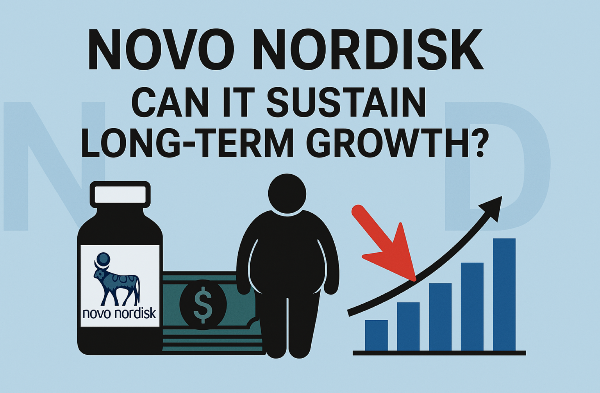
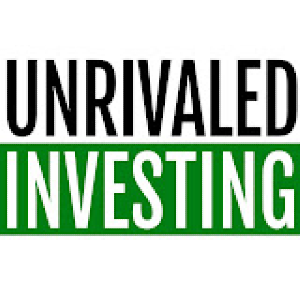


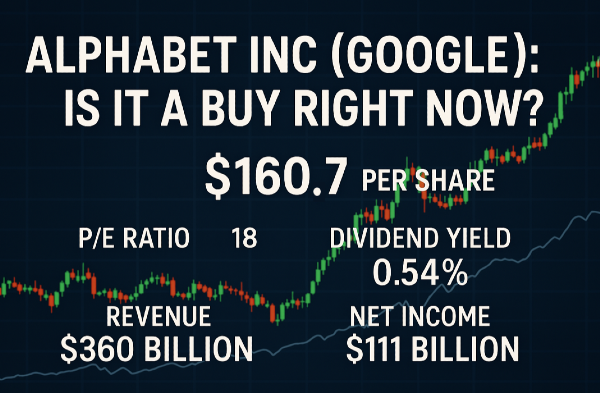

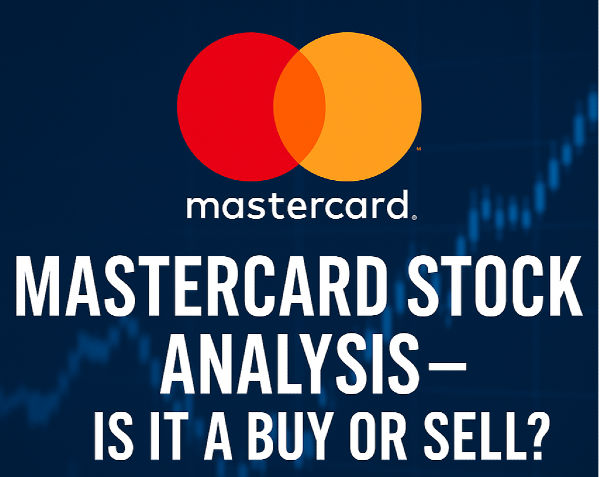
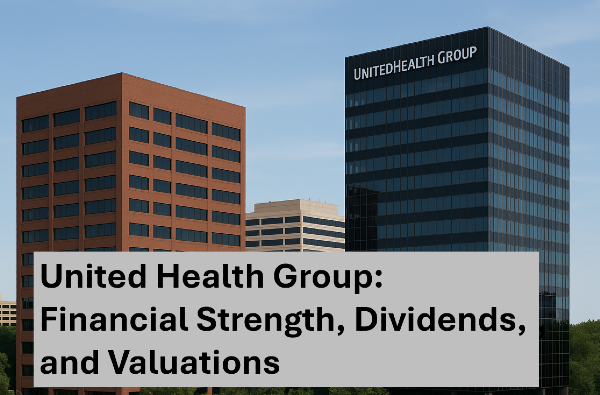
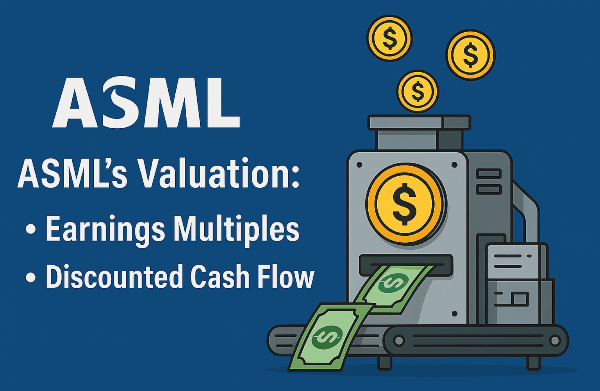

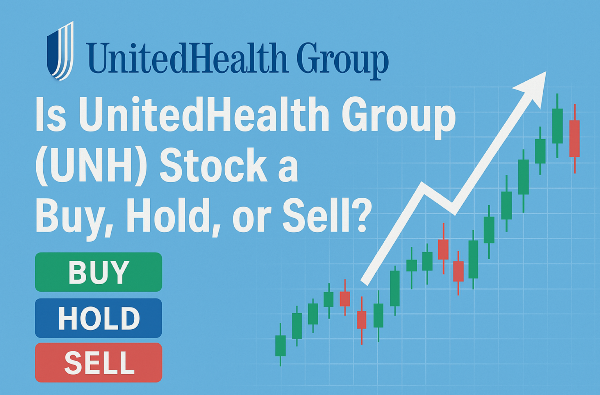
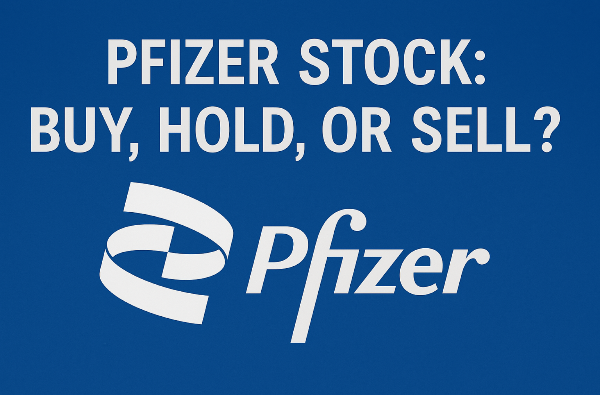

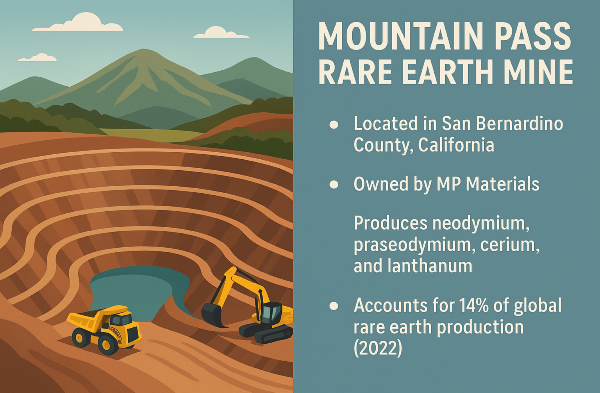
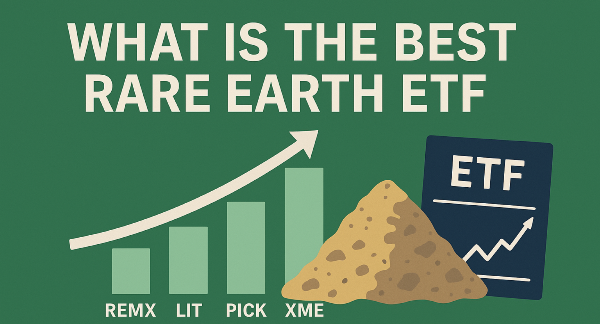














Novo Nordisk: A Weight Loss Revolution or a Stock in Distress?
Fortune Magazine has described Novo Nordisk as spearheading a weight loss revolution, while others have hailed their leading product, OMIC, as a potential wonder drug reshaping healthcare. Some even question if it’s a miracle cure—especially as its use has expanded beyond diabetes management to obesity, potentially reducing the risk of heart attacks and strokes.
Yet, despite these breakthroughs, Novo Nordisk’s stock price has plummeted over 50% in the past year, leaving investors stunned. Many are wondering whether this drop signals a bargain-buy opportunity. Is Novo Nordisk now in deep value territory? Where does the company potentially go from here? And most importantly—why has the stock fallen so dramatically?
I’ll break down the factors driving this decline, examine the company’s fundamentals, and finally explore where Novo Nordisk’s valuation might head in the coming years.
The Sell-Off: A Perfect Storm of Concerns?
Novo Nordisk’s recent share price decline is best described as a “Lollapalooza effect”, a term coined by Charlie Munger referring to multiple factors simultaneously influencing a situation. In this case, various competitive and valuation-driven pressures have combined, causing investors to rethink their position.
Competition From Eli Lilly
One of the biggest concerns driving Novo Nordisk’s stock decline is competition from Eli Lilly, which recently announced promising Phase 3 results for its diabetes treatments. Patients taking Eli Lilly’s drug lost around 16 pounds (8% of body weight) over 40 weeks—a notable improvement over Novo Nordisk’s injected drug, OMIC, which showed weight loss of approximately 6% in diabetic patients.
Further complicating matters, Eli Lilly is also developing pill-based versions of their treatments, making the medication easier to administer than Novo Nordisk’s injectable options.
This raises a critical question: Could Novo Nordisk’s dominance in weight loss treatment be challenged by Eli Lilly in the coming years? And will even more competitors enter the space?
Disappointing Trial Results
Novo Nordisk’s obesity drug trials have also failed to meet investor expectations. One late-stage trial of Kagri Sema showed only a 14% weight loss over 68 weeks, falling short of the anticipated 15% threshold.
In contrast, Eli Lilly is aggressively marketing Zepbound and Mounjaro, with results that appear to outperform Novo Nordisk’s offerings. This competitive pressure has raised doubts about Novo Nordisk’s ability to maintain its lead in the obesity drug market.
Valuation Compression: Was the Stock Too Expensive?
Beyond competitive concerns, valuation compression has played a significant role in the sell-off. Novo Nordisk had been trading at 50 times earnings based on expectations of uninterrupted growth. However, with new competitors emerging and trial results disappointing, investors are adjusting their growth expectations—and consequently, reassessing the price they’re willing to pay for the stock.
This shift in sentiment is a major reason why Novo Nordisk’s stock has fallen 50%, as investors now feel less confident paying a premium for uncertain future growth.
Novo Nordisk’s Business Breakdown
Despite the stock’s decline, Novo Nordisk remains a dominant player in diabetes and obesity treatment. Looking at revenue breakdown:
Novo Nordisk’s position is still strong in key categories:
What’s particularly striking is that despite the 800 million adults living with obesity worldwide, only 2 million patients are currently using Novo Nordisk’s treatments—indicating massive untapped potential.
With obesity projected to reach 1.2 billion adults globally, the market remains enormous. Novo Nordisk could potentially grow from serving 2 million to 30 million or even 100 million patients in the future.
Investment Outlook: Is Novo Nordisk a Buy?
Despite the stock’s plunge, Novo Nordisk remains a cash-generating powerhouse. Management guidance from February suggests:
Relative to its current market cap of $260 billion, this implies Novo Nordisk trades at 21 times free cash flow and 15 times forward earnings—a very reasonable valuation given its leadership position in the industry.
So, is Novo Nordisk in bargain territory? Perhaps. However, investors must weigh competitive pressures and trial results before making a decision.
Novo Nordisk: A Value Investment or a Risky Bet?
Novo Nordisk has transitioned from a high-growth market darling to a company trading at a reasonable multiple—around 20 times free cash flow. At this valuation, investors can break things down logically:
Put together, these factors suggest a potential 10%–15% annual return—a compelling setup, especially for mega-cap investors looking for stability amid recession concerns.
But beyond valuation, what makes Novo Nordisk an exceptional business?
A Shareholder-Friendly Growth Story
One of the standout features of Novo Nordisk is its remarkably strong profit margins—consistently above 40% for decades. The company has demonstrated:
This up-and-to-the-right financial trend is exactly what investors want to see from an industry leader.
At $58 per share (NVO), Novo Nordisk is trading at 15 times forward earnings. If growth reaches just 5% annually and valuation compresses further to 12 times earnings, investors might only break even. But if Novo Nordisk capitalizes on the massive obesity market and sustains 15% growth, the stock could see 100%–200%+ upside over time.
Market Share Concerns: Can Novo Nordisk Maintain Dominance?
Despite the company’s strengths, declining market share in obesity care has raised red flags. Novo Nordisk once dominated the space, but competition—especially from Eli Lilly—is starting to erode its lead.
The key question: Will overall market growth offset market share losses? If Novo Nordisk retains pricing power and benefits from the expanding obesity market, total sales could continue to rise.
However, insurance and government payers are paying closer attention. Medicare’s involvement suggests potential pricing pressures, which could put profitability at risk.
Patent Cliffs: A Long-Term Challenge
Another uncertainty investors must consider is the looming patent expiration on Novo Nordisk’s biggest products:
Peter Thiel’s book, Zero to One, argues that the majority of a company’s value comes from its durability—its ability to sustain high free cash flow over decades. Patent cliffs make this difficult, especially when a company’s revenue is heavily concentrated in a few blockbuster drugs.
For investors who prefer long-term stability, this could be a dealbreaker.
Here's the second half of the article, maintaining the transcript’s tone and structure while ensuring minimal duplication from the first part.
Novo Nordisk: A Value Investment or a Risky Bet?
Novo Nordisk has transitioned from a high-growth market darling to a company trading at a reasonable multiple—around 20 times free cash flow. At this valuation, investors can break things down logically:
Put together, these factors suggest a potential 10%–15% annual return—a compelling setup, especially for mega-cap investors looking for stability amid recession concerns.
But beyond valuation, what makes Novo Nordisk an exceptional business?
A Shareholder-Friendly Growth Story
One of the standout features of Novo Nordisk is its remarkably strong profit margins—consistently above 40% for decades. The company has demonstrated:
This up-and-to-the-right financial trend is exactly what investors want to see from an industry leader.
At $58 per share (NVO), Novo Nordisk is trading at 15 times forward earnings. If growth reaches just 5% annually and valuation compresses further to 12 times earnings, investors might only break even. But if Novo Nordisk capitalizes on the massive obesity market and sustains 15% growth, the stock could see 100%–200%+ upside over time.
Market Share Concerns: Can Novo Nordisk Maintain Dominance?
Despite the company’s strengths, declining market share in obesity care has raised red flags. Novo Nordisk once dominated the space, but competition—especially from Eli Lilly—is starting to erode its lead.
The key question: Will overall market growth offset market share losses? If Novo Nordisk retains pricing power and benefits from the expanding obesity market, total sales could continue to rise.
However, insurance and government payers are paying closer attention. Medicare’s involvement suggests potential pricing pressures, which could put profitability at risk.
Patent Cliffs: A Long-Term Challenge
Another uncertainty investors must consider is the looming patent expiration on Novo Nordisk’s biggest products:
Peter Thiel’s book, Zero to One, argues that the majority of a company’s value comes from its durability—its ability to sustain high free cash flow over decades. Patent cliffs make this difficult, especially when a company’s revenue is heavily concentrated in a few blockbuster drugs.
For investors who prefer long-term stability, this could be a dealbreaker.
Final Thoughts: Reward vs. Risk
Novo Nordisk checks several key boxes:
✅ Compelling valuation at 15 times earnings.
✅ Strong historical growth with high profit margins.
✅ A massive obesity market opportunity.
However, it also presents challenges:
⚠ Intensifying competition from Eli Lilly.
⚠ Potential pricing pressure from insurance and government entities.
⚠ Patent cliffs threatening long-term profitability.
Investors must weigh these factors carefully. If Novo Nordisk continues to capture market growth while defending its margins, it could deliver tremendous upside. But if competition weakens its position or margins compress, expectations may need to be adjusted.
Ultimately, Novo Nordisk presents an intriguing investment case, but one that requires careful monitoring in the years ahead.
Stocks that May be Better than Novo Nordisk
https://youtu.be/fLuErwhxAg0?si=zDKRDV9F2ZeURQky